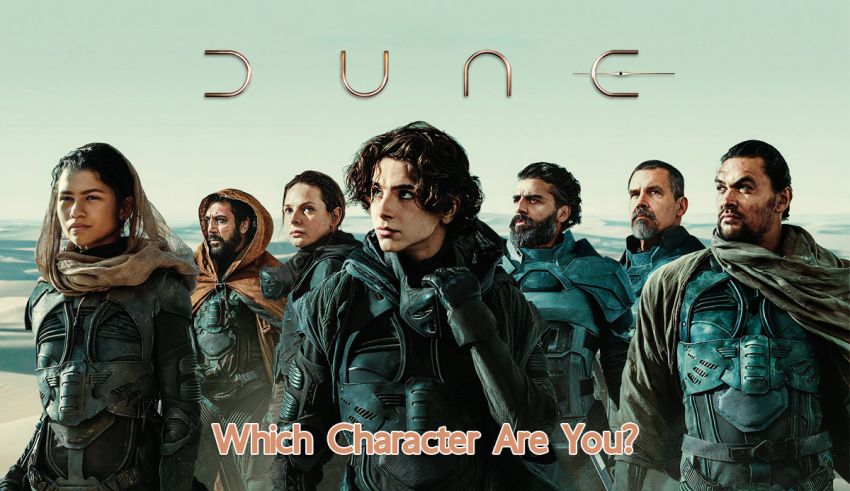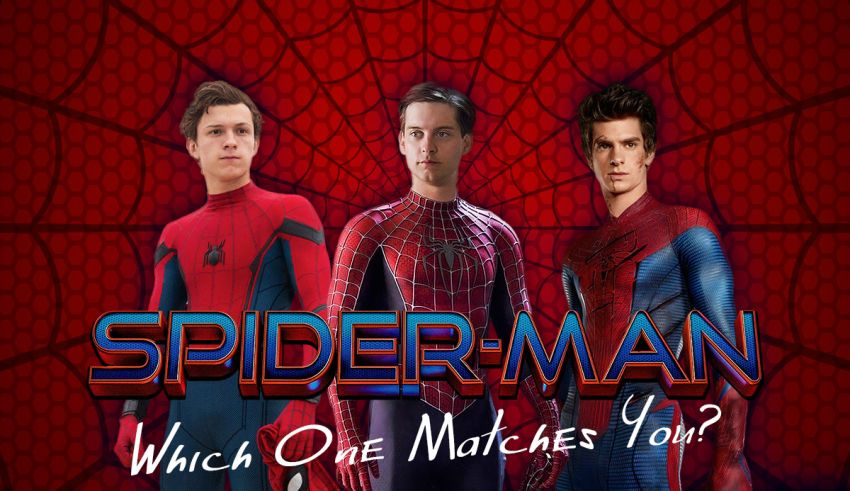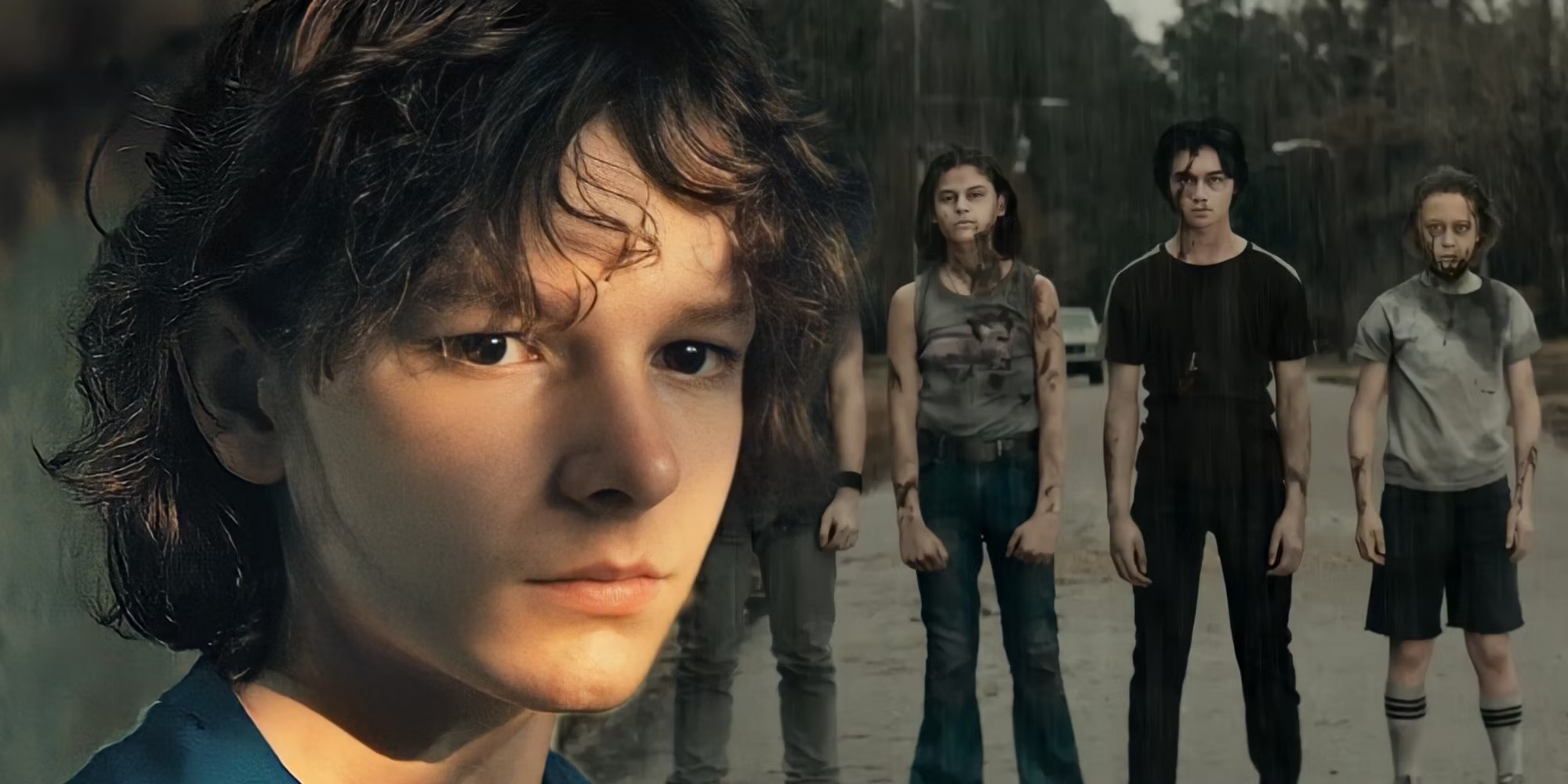Respond to these rapid questions in our Black Panther Wakanda Forever quiz and we will tell you which Black Panther Wakanda Forever character you are. Play it now.
The heart of “Black Panther: Wakanda Forever,” the sequel to the wildly successful “Black Panther,” is genuine, even though the whole thing has a contrived feel to it. The proceedings start with King T’Challa’s recent death and funeral. Following the black casket with the crossed arms of the Wakanda salute and the silver insignia of the Black Panther mask, Shuri (Letitia Wright) and Queen Ramonda (Angela Bassett) are clad in white. Slow-motion tracking views of dancers joyfully dancing in honor of their assassinated king provide as a stark contrast to their melancholy parade as it winds through the country. We segue to an earnest, tearful montage of Boseman as T’Challa as the coffin arrives at a clearing and ceremoniously soars to the sky. The melancholy, depressing stream of images quickly takes the shape of the “Marvel Studios” emblem, indicating that this is still a Marvel film. And “Wakanda Forever” suffers as a result.
What was the “Black Panther’s” secret to its success? The fictional country of “Black Panther” existed just outside the boundaries of the Marvel Cinematic Universe, not unlike the regal, remote African realm of Wakanda. Without the heavy demands felt by every other film, it largely stood on its own: The characters (with Andy Serkis as Ulysses Klaue as an exception) were unique to the plot; the worries rarely veered toward franchise building objectives; the humor existed amongst the characters, not as random references to another property.
With this somber sequel, though, writer/director Ryan Coogler and his writing partner Joe Robert Cole don’t enjoy the same level of flexibility. Some restrictions, like the terrible death of Boseman, are beyond their control. Others feel like a surrender to merge into a system that produces movies.
The massive script is jam-packed with concepts and themes. The movie must explore the cultural sorrow that still persists as a result of the historical eradication of Central and South America’s Indigenous kingdoms. Instead of battling their shared enemy (white colonists), two kingdoms led by people of color are pitted against one another. The Marvel TV series “Ironheart,” in which Dominique Thorne will feature, must be established, The Snap must be acknowledged, Boseman’s death must be mourned, and a new Black Panther must be found. The weight of satisfying Black people who feel seen by the fanciful confirmation of Black regalism and the blockbuster needs of the MCU (that this must be a mainstream hit and usher in the next chapter of the cinematic universe) smooth out these clashing desires just as much. There is too much for one film. And it seems like there should have been two.
But you shouldn’t waste any more time and start this Black Panther Wakanda Forever quiz.
“Wakanda Forever” fails at almost every turn, starting with its concept. Colonist nations are scouring the globe from sea to sea in search of vibranium out of fear of an emerging African superpower (the metallic ore that powers the African kingdom). In a search that takes mercenaries far beneath, where they run into Namor/Kukulkan (a fearsome and fearless Tenoch Huerta), the king of Talokan, and his people, who are unimpressed with the surface world, Riri, a young scientist played by Thorne, who is given little screen time, plays a part. They intend to ruin it. Later, in Wakanda, the omnipotent Namor appears with his winged feet flapping and ears pointed to the sky. He approaches Ramonda and Shuri with a threat disguised as an alliance while water is still trickling from his jade earrings and shimmering vibranium-pearl-gold necklace. Wakanda turns to Martin Freeman’s Everett Ross as a result of his appearance, which sets off more appearances and subplots that drag down the entire movie with franchise expectations.
The way Coogler concentrates righteous wrath is essential to “Black Panther: Wakanda Forever.” In her opening major scene, Ramonda chastises the UN for expecting her to share vibranium with the world while they are attempting to steal it from her country. With a capital “A,” Bassett performs a series of scenes in which her voice booms, her stare is unwavering and harsh, and the venom is palpable. However, Shuri feels worse as she works alone in her lab to create terrible weapons. She want for the planet to burn. Their combined rage drives them to make a series of foolish choices that further escalate the situation with Namor, who is urgently trying to exact revenge on his mother and his ancestors. The movie makes an effort to portray the three characters as being in various stages of grief, but in its haste to educate the audience about Namor’s horrific experiences, it becomes tedious and exaggerated.
Black Panther Wakanda Forever Quiz
Perhaps there was a method to link these arcs somewhere. But that would call for more effective visual narrative than what the film provides. The language far too frequently stays on the surface, either by giving reams of exposition, externalizing precisely what the character is thinking, or by attempting to blend the actors’ own personal grief with that of the characters. The latter does provide these actors the opportunity they need to process their pain on screen, but when did filmmakers lose the ability to show rather than tell? Why do modern blockbusters love to grip the audience’s hands by giving them every little nuance? When Namor has finished detailing his backstory, Shuri asks, “Why are you telling me all of this?” It appears to be a letter that Coogler wrote for himself.
Also, you will find out which character are you in this Black Panther Wakanda Forever quiz.
If the visual elements weren’t so dated, it would be less difficult to swallow “Black Panther: Wakanda Forever’s” dialogue and plot flaws as well as how frequently it gives in to IP-driven demands. The frenzied action scenes are too hard to follow because the editors Michael P. Shawver, Kelley Dixon, and Jennifer Lame’s inelegant compositions merge into an impenetrable sludge with each cut. I won’t completely discount the all-too-dark lighting because there were projection problems during my viewing of the movie, but the real framing by cinematographer Autumn Durald Arkapaw, combined with the film’s numerous visual effects, lacks a sense of space nevertheless. Scenes from Wakanda’s daily life, such as Black people shopping and communities laughing and enjoying one another’s company, no longer excite the audience as they once did. The wide, once-beautiful landscapes of the country are now obscured by darkness. When we see Talokan, with its enormous Mayan architecture and adorning wall paintings, some of that wonder returns. But you wish that Namor had been given his own film first, similar to “Black Panther,” so that these scenes could have breathing room and we could assimilate into this kingdom just as we did in Wakanda.
In the end, this movie tries to create the future through Shuri. When given strong material, Wright is a gifted actor who can carry a movie emotionally. But she consistently goes against the grain in this situation. She perseveres through a cringe-worthy cameo, awkward gags, and an overly tidy conclusion. M’Baku is there to aid, played by the confident and endearing Winston Duke, while Nakia, played by the miscast Lupita Nyong’o, is there to help. Danai Gurira’s character Okoye offers resiliency. In addition, Michaela Coel (“I May Destroy You”), who recently joined the cast as Aneka, plays a quirky character who tonally clashes with the rest of the ensemble. Whatever the case, the combined force of these performers is insufficient to stop the momentum of a film that relies on arguments and broad metaphors for the visual and political worlds that are reduced to their simple truths rather than their complex implications (much like Rihanna’s tedious soundtrack entry “Lift Me Up”).
About the quiz
There is a significant naval conflict that results, new, flimsy technology is used, and unarticulately closed loose ends. Even though the movie is disorganized, you can take comfort in the fact that it starts and finishes on a positive note when another montage honoring Boseman appears. Up until the corny post-credit scene, that is. I’m unsure of Coogler’s thoughts. He carried more of the burden for this film than any director should. Nevertheless, as this scenario took place, I openly sighed at what amounted to a weepy, treacly moment that was entirely superfluous, emotionally manipulative, and largely unjustified. It’s just one of many times when “Black Panther: Wakanda Forever” may have the right intentions, but it’s in the wrong frame of mind and the worst location—at the center of a manufactured cinematic universe—to express its grief.
Also, you must try to play this Black Panther Wakanda Forever quiz.
November 11th release in theaters.
For more personality quizzes check this: Enola Holmes 2 Quiz.



